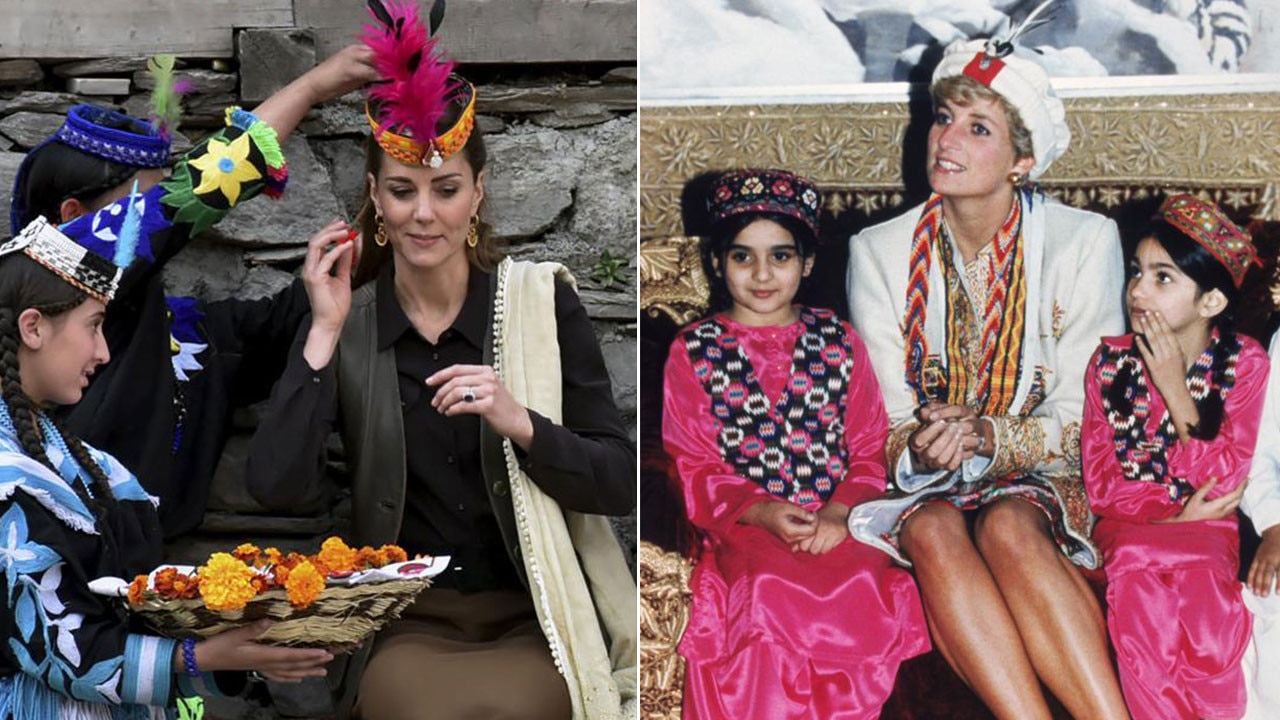Geena Davis pushes for gender equality in cinema
Geena Davis campaigns for sexual equality in Hollywood.

Geena Davis munches a weird green sandwich from the cake stand in her suite at the Savoy Hotel. We’ve been talking non-stop about women in Hollywood, or rather the lack of them in decent roles, and the fact only 1.9 per cent of the top 100 grossing films in the US from 2007 to last year were directed by women.
It’s nearly 25 years since Davis and Susan Sarandon flew off that cliff to freedom in Thelma & Louise, but little has improved.
“It’s not just the representation of women in movies. It’s business, politics too,” says Davis. “Dead right,” I say, having just spotted a BuzzFeed story on Twitter entitled “16 All-Male Panels at the Tory Conference Talking About Serious Stuff”. I show it to Davis: 16 photographs of white men in suits lecturing on Europe, housing, even lesbian, gay, bisexual and transgender matters.
She laughs and says: “Do they ever ask themselves, ‘What’s missing here?’ Duh!”
The 59-year-old actress founded the Geena Davis Institute on Gender in Media in 2006 with the slogan “If she can see it, she can be it”, and commissioned a study of gender balance in family films and children’s television.
There were three male speaking characters for every female one, and in crowd scenes women or girls made up 17 per cent. “You find the same ratio everywhere; in the US congress, women make up only 17 per cent and are in the same proportion on Fortune 500 boards and the military. What does that tell us?”
Davis was in London for a symposium on gender in the media as part of the London Film Festival, speaking alongside British Film Institute chief executive Amanda Nevill, Mary Goudie, founder of the 30 per cent Club promoting female chief executives, and David Kosse, the former Universal executive who runs Film4.
The festival opened with the female-directed Suffragette, starring Carey Mulligan and Meryl Streep, who has spoken out strongly on women in film and started a scheme to encourage female screenwriters over 40. Other recent tub-thumpers include Helen Mirren, Cate Blanchett, Emma Watson and Rooney Mara.
Is this a tipping point? “I hope so,” says Davis. “But I really just wait to see numbers. That’s what I rely on. I’ve become a total data geek since I set up the institute,” she says. “When Thelma & Louise came out there was the huge reaction, a cover of Time, headlines saying ‘This story strikes a nerve with women’. Then time went by and nothing happened.”
Roles such as Thelma remain rare. Recently Sandra Bullock asked for a part as a male spin-doctor in the forthcoming Our Brand is Crisis to be rewritten for her. It was intended for George Clooney. “All actresses should be doing this to scripts with male leads,” says Davis.
Good leading roles dried up when she was in her early 40s, after a career that included a supporting actress Oscar for The Accidental Tourist, a best actress nomination for Thelma and Louise, and a Golden Globe for her 1993 baseball film A League of Their Own.
“Previously, I averaged about a movie a year, playing characters in charge of their own fate, and in my 40s I made one movie. I was offered fewer roles and those weren’t interesting enough; really crummy parts playing somebody’s comatose wife. Plus there was a fear that if you complain you’ll get labelled as tainted, admitting you weren’t getting as many parts as you wanted. I was always careful to say, ‘I want to wait for something special.’ And I was also sure that when I turned 40 it wasn’t going to happen to me.”
But it did. That decade, Davis played the mother in the Stuart Little talking mouse trilogy, but she also had a daughter and boy twins with her fourth husband, Iranian-American plastic surgeon Reza Jarrahy. Davis was also married for three years to actor Jeff Goldblum, one of the few men she does not tower over in heels. Looking up his 193cm height, I came across this recent headline in the Daily Mail: “I’m no dinosaur! Jurassic Park star Jeff Goldblum, 59, proves his beach body is not extinct yet … as he keeps up with his toned 29-year-old girlfriend.”
No wonder male actors are constantly cast opposite women 30 years younger. Imagine it the other way around. Fortunately for Davis, in 2005 TV stepped in with a great role as the first female US president in the series Commander in Chief. “There’s nothing more iconic than the leader of the free world,” she says. “I was thrilled. I turned 50 during that one season, and that was just great.”
There is an obsessional quality to Davis, whether she is working for women’s equality or her own career. Being awkward and gangly at school, she never considered herself an athlete, and ignored sport while she took drama at Boston University. However, after learning baseball in A League of Their Own, plus taekwondo, skating, shooting and riding for movies including Cutthroat Island, Davis realised “I was quite a good athlete after all, so at 41 I decided to learn a real sport. I saw archery on TV, kind of beautiful and dramatic, and I took it up in the way I do everything: far too immersed.”
At 43, she qualified for the Olympic trials. She went no farther, but it alerted her to the disparity between the number of women participating in sport, growing attendance at events and the lack of media coverage.
For the moment, though, Davis is concentrating on the film industry. “I’m an insider, so I can go directly to the creators with my research,” she says. “When I meet with studios, I say, ‘Take whatever you’re already making and just change a bunch of first names to female. A few strokes of the pen and you have a gender-balanced cast, and you probably have unstereotyped female characters because they were written for men. And when a script says “A crowd gathers” just add a comma and “which is 50 per cent female”.’ It can happen overnight. And I always add … ‘and then cast me’.”
Her next big role will be opposite Mad Men’s Jon Hamm, “who is playing my father”. That’s a radical attack on the age-gap problem, I say, but she explains it’s a futuristic drama about memory, based on the play Marjorie Prime.
The crew can expect her to be vigilant over inequality. “Making Stuart Little I was watching the assistant director set up a boating pond scene with kids, and he gave each little boy a remote to work the boat, and picked a little girl to stand behind him as his cheerleader. I asked, ‘What do you think about giving half the remotes to the girls?’ and he got this stricken look and said, ‘Yes, of course!’ ” Davis grins. Be afraid, film-makers. Be very afraid.
The Times


